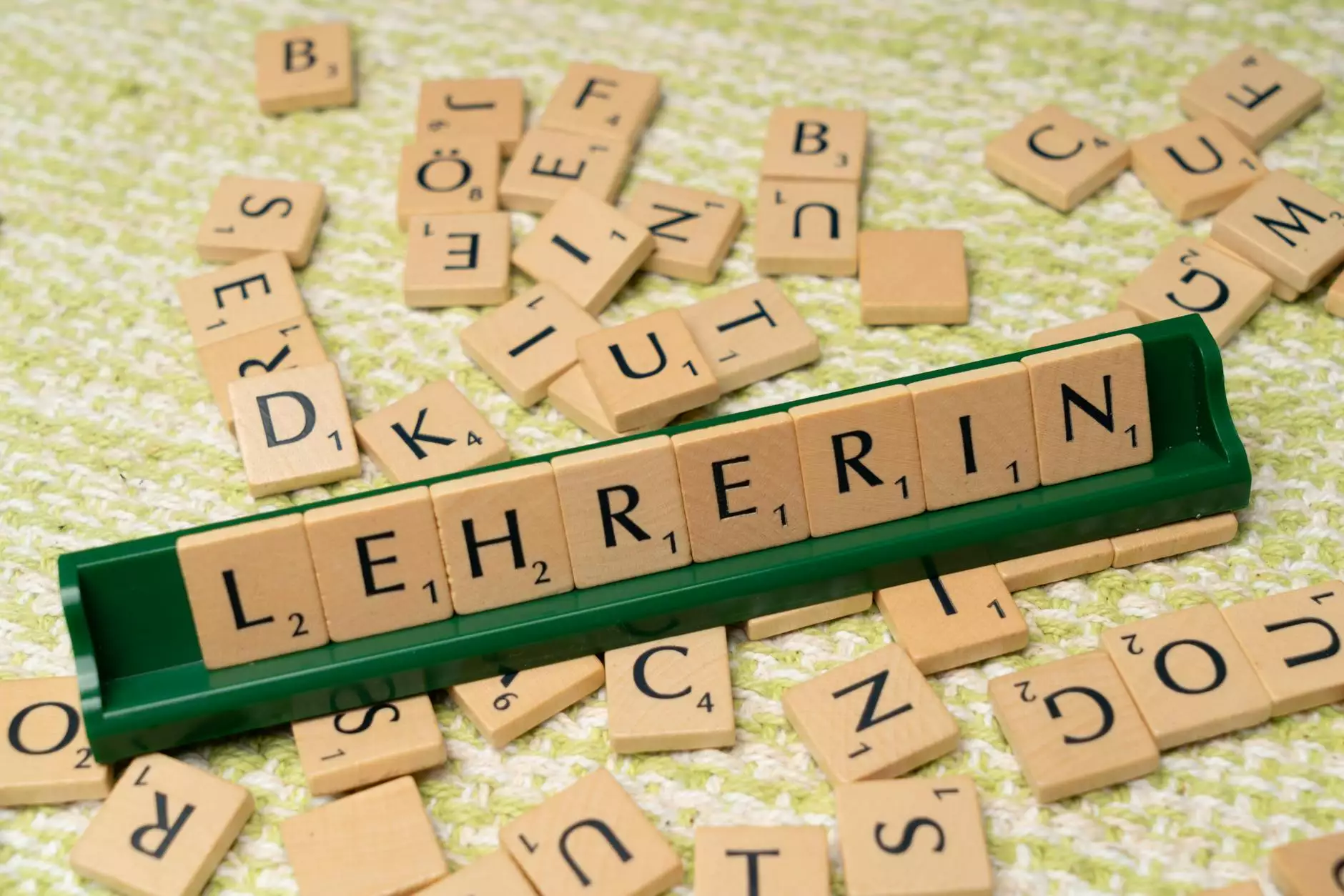English Lesson: Belong to Vs. Belong with, in, on
English Grammar Lessons
Welcome to the comprehensive English lesson on understanding the differences between "belong to" and "belong with, in, on"! In this lesson, we will delve into the various contexts in which these phrases are used, providing you with a clear understanding of their usage.
The Meaning of "Belong To"
The phrase "belong to" is commonly used to indicate ownership or possession. It suggests a strong connection between an object or an individual and the entity they belong to. For example, when we say, "This book belongs to John," we are stating that the book is owned by John. Similarly, we can use this phrase to describe relationships between objects and groups, such as "This painting belongs to the museum."
However, it is important to note that "belong to" is not limited to physical ownership. It can also express membership or affiliation, indicating that someone is a part of a particular group or organization. For instance, when we say, "She belongs to the drama club," we are highlighting her membership in the drama club.
Understanding "Belong With, In, On"
In contrast to "belong to," the phrases "belong with," "belong in," and "belong on" are used to describe relationships between objects, ideas, or individuals in terms of placement, suitability, or inclusion. Let's explore each of these phrases in more detail:
1. Belong With
"Belong with" is often used to depict a sense of companionship or compatibility. It suggests that two or more things are meant to be together or naturally go hand in hand. For example, when we say, "Coffee belongs with breakfast," we are highlighting the common association of coffee with breakfast meals. Similarly, we can say, "Mary and John belong with each other," emphasizing the strong bond between Mary and John.
2. Belong In
The phrase "belong in" is used to identify the appropriate place or category for something or someone. It implies that an entity is suitable or fits naturally within a specific environment or group. For example, when we say, "Books belong in libraries," we are indicating that books are most fitting and expected to be found in libraries. We can also use this phrase to describe individuals fitting into particular professions or roles, such as "He belongs in the creative industry."
3. Belong On
"Belong on" is commonly used to express the appropriateness or rightfulness of something being located or positioned on a particular surface or platform. This phrase often implies that an object is in its rightful place or is meant to be there. For example, when we say, "The painting belongs on the wall," we are indicating that the wall is the appropriate place for the painting. Similarly, we can say, "The trophy belongs on the shelf," emphasizing that the shelf is where it should be displayed.
Usage Examples and Contexts
Examples with "Belong To":
- "The car belongs to James."
- "This masterpiece painting belongs to the art gallery."
- "The responsibility belongs to the management team."
- "These ideas belong to the scientific community."
Examples with "Belong With":
- "Spaghetti belongs with meatballs."
- "Happiness belongs with laughter."
- "Adventure belongs with travel."
- "Success belongs with hard work."
Examples with "Belong In":
- "The red dress belongs in the wardrobe."
- "Music belongs in our lives."
- "Children belong in schools."
- "The spices belong in the kitchen."
Examples with "Belong On":
- "The title belongs on the cover of the book."
- "The vase belongs on the table."
- "The clock belongs on the wall."
- "The crown belongs on the queen's head."
Conclusion
To summarize, understanding the distinctions between "belong to" and "belong with, in, on" is crucial for effective communication in English. While "belong to" denotes ownership and affiliation, "belong with, in, on" indicate relationships based on companionship, suitability, and placement respectively.
By familiarizing yourself with the various contexts and examples provided in this lesson, you can confidently use these phrases in your conversations and written English. Remember, using language accurately and appropriately is key to effective communication and ensures your message is clearly conveyed.
If you have any questions or need further clarification, feel free to reach out to us at NJCLT. Happy learning!










